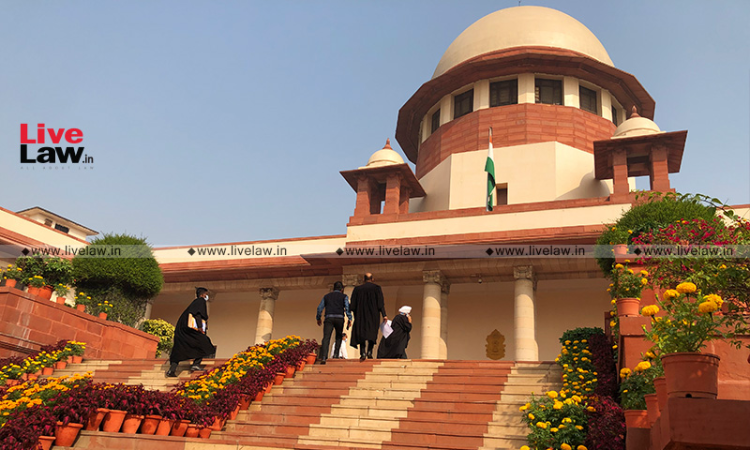Order II Rule 3 CPC Does Not Compel A Plaintiff To Join Two Or More Causes Of Action In A Single Suit: Supreme Court
Ashok KM
14 Feb 2022 9:58 PM IST

Next Story
14 Feb 2022 9:58 PM IST
The Supreme Court observed that Order II Rule 3 of the Code of Civil Procedure does not compel a plaintiff to join two or more causes of action in a single suit.The Code of Civil Procedure indeed permits a plaintiff to join causes of action but it does not compel a plaintiff to do so, the bench comprising Justices KM Joseph and Hrishikesh Roy observed.The court, however, added that...
